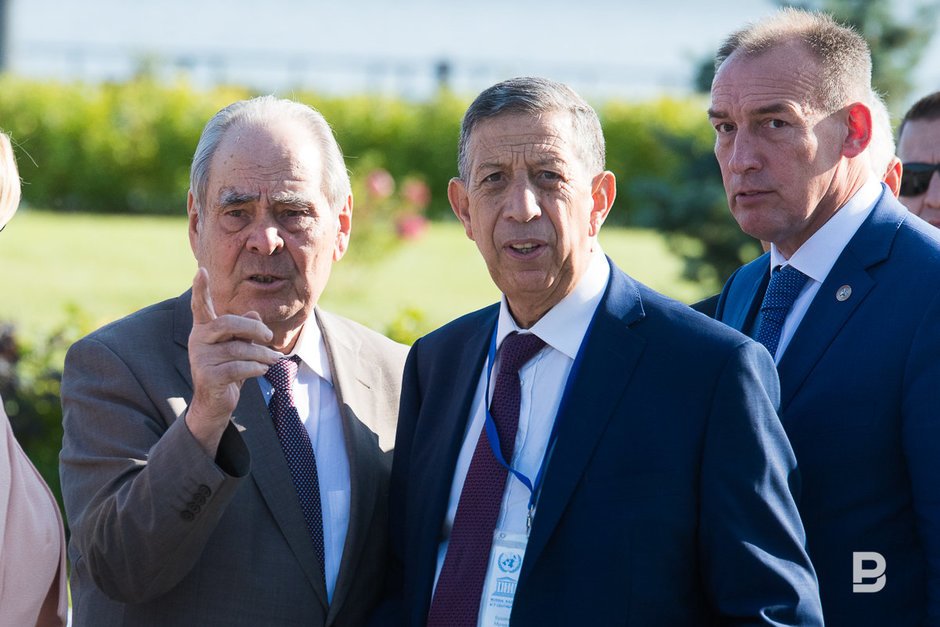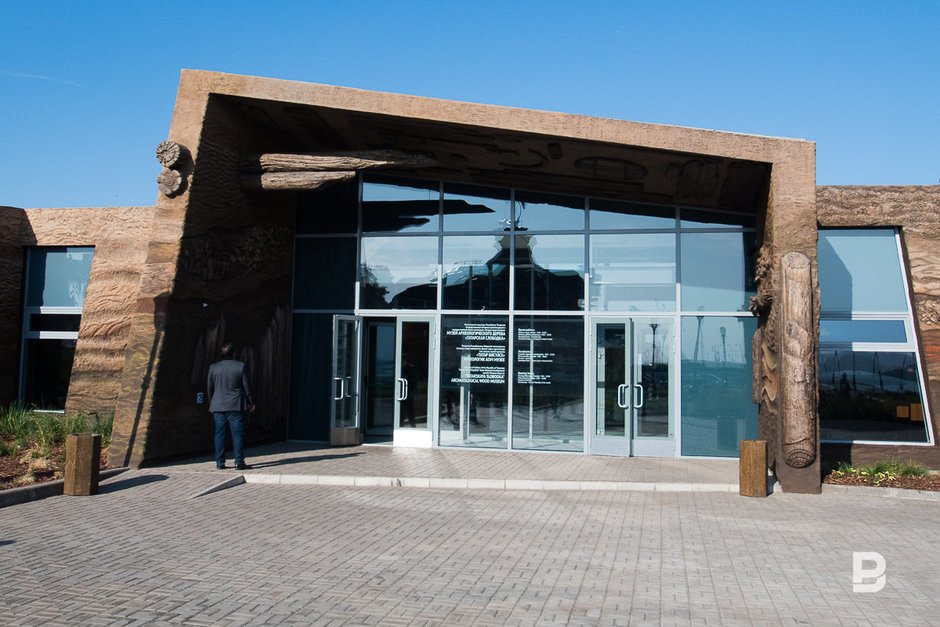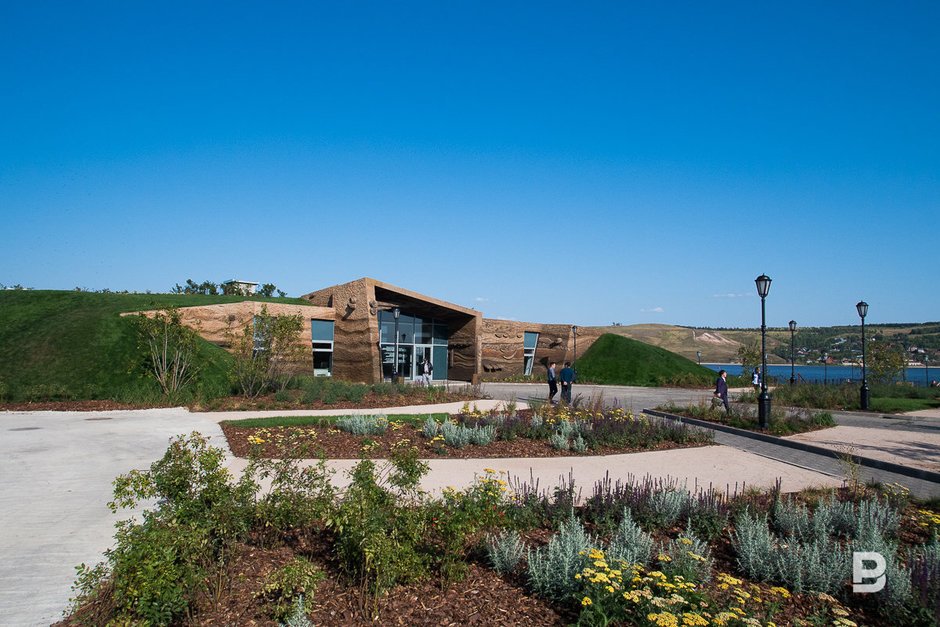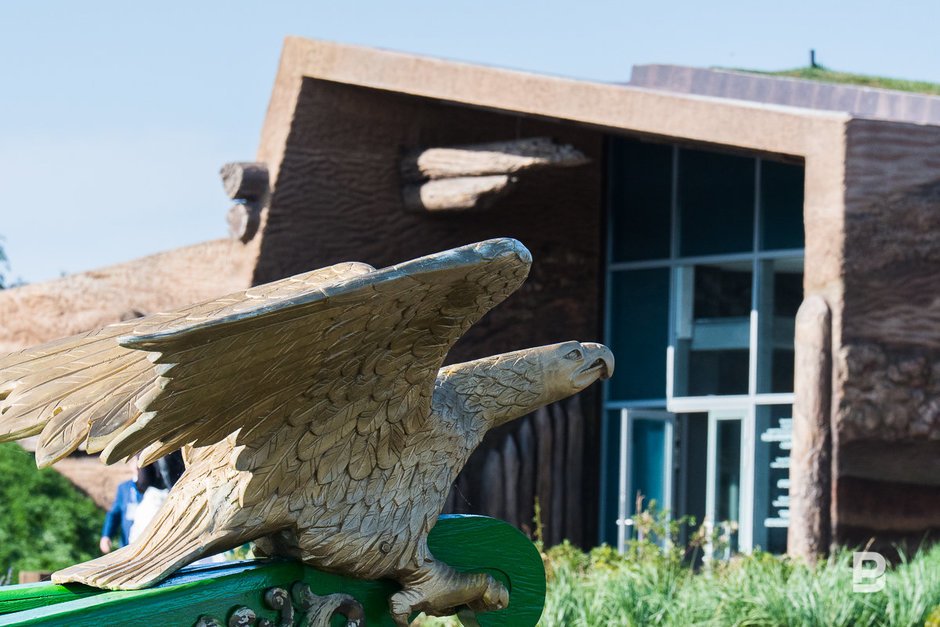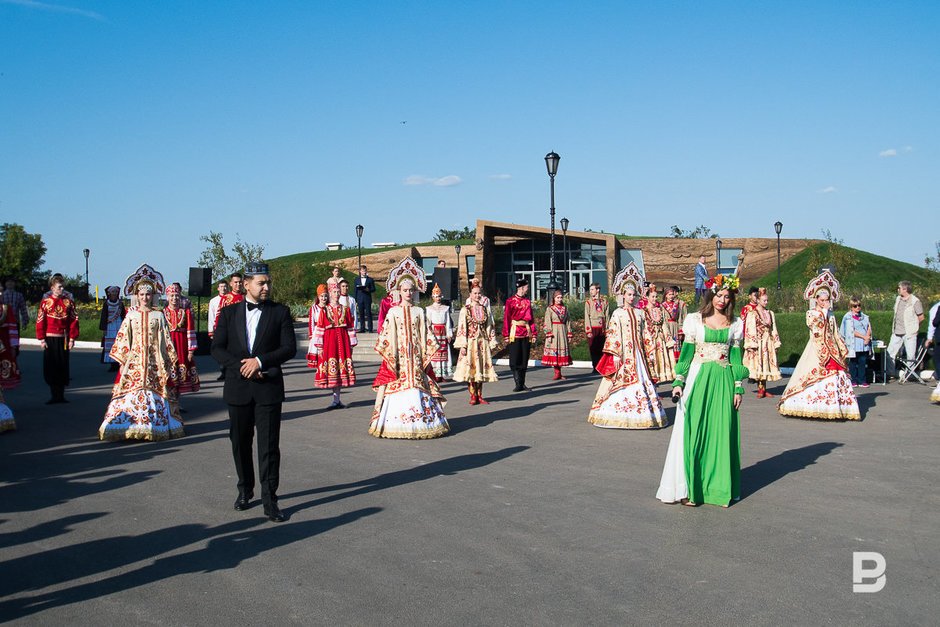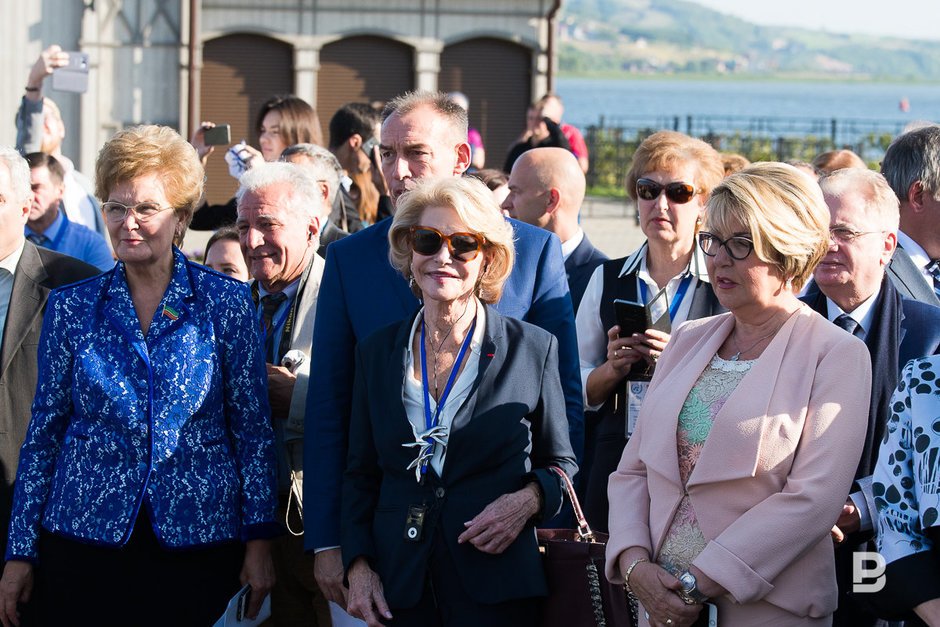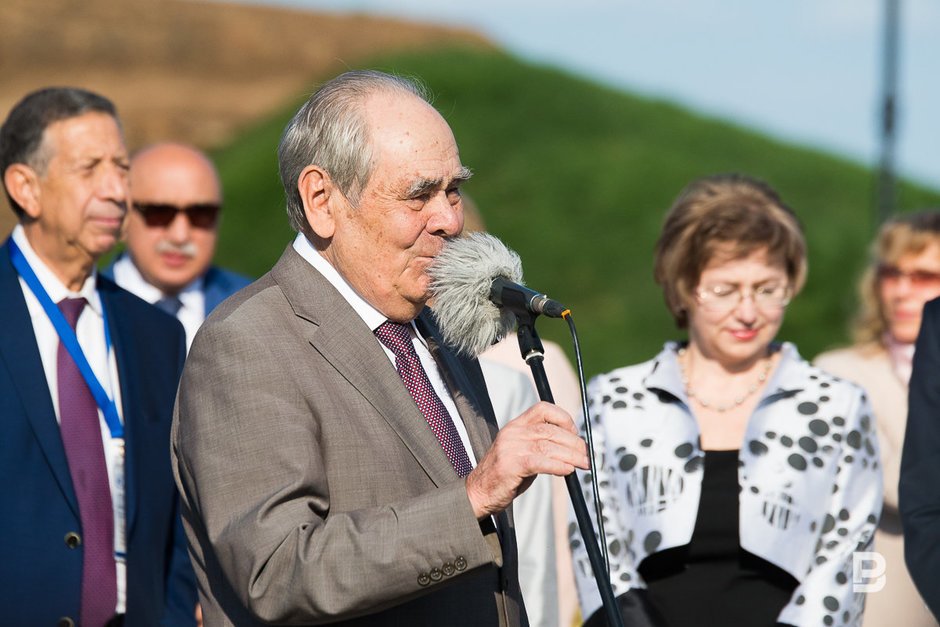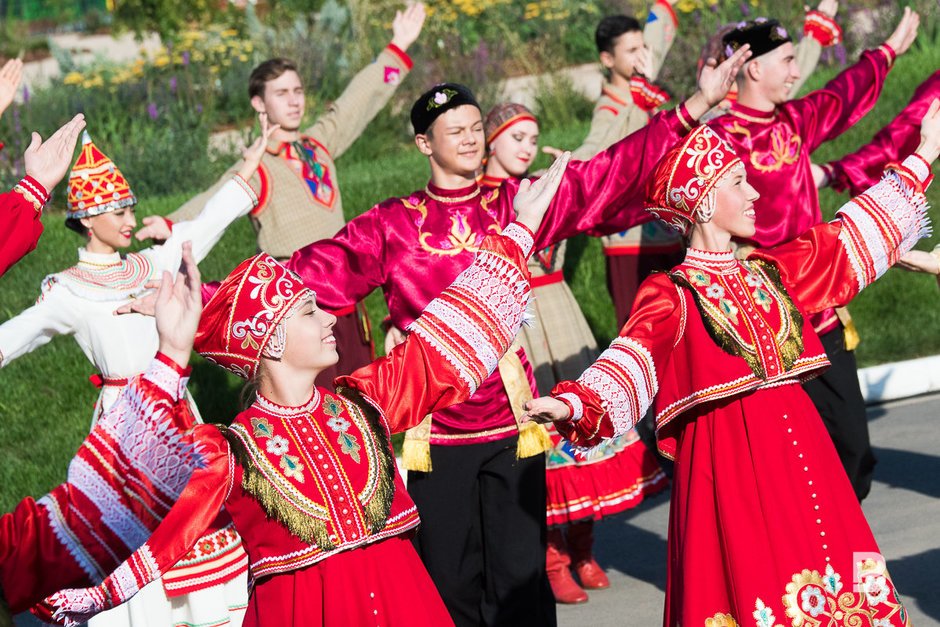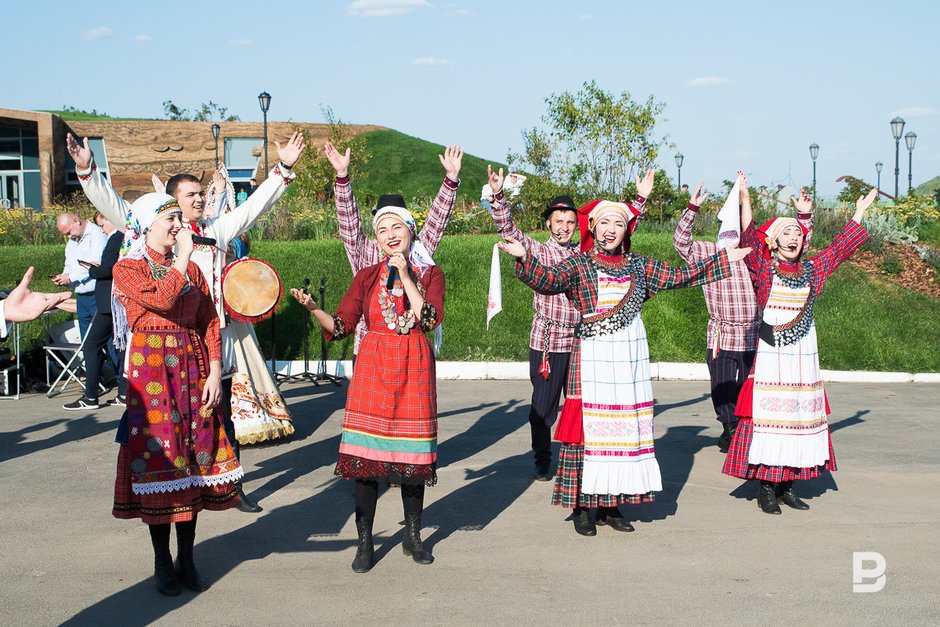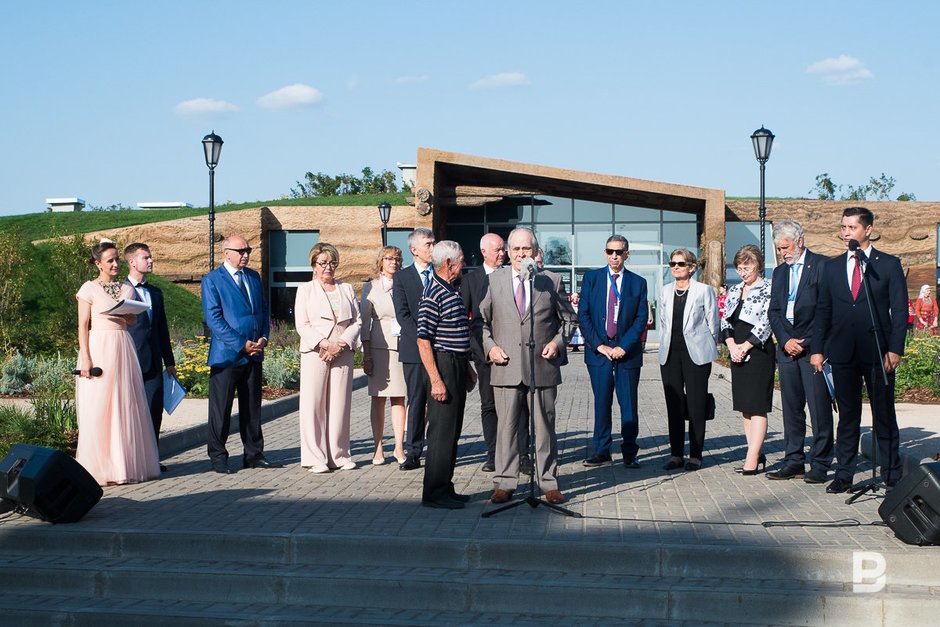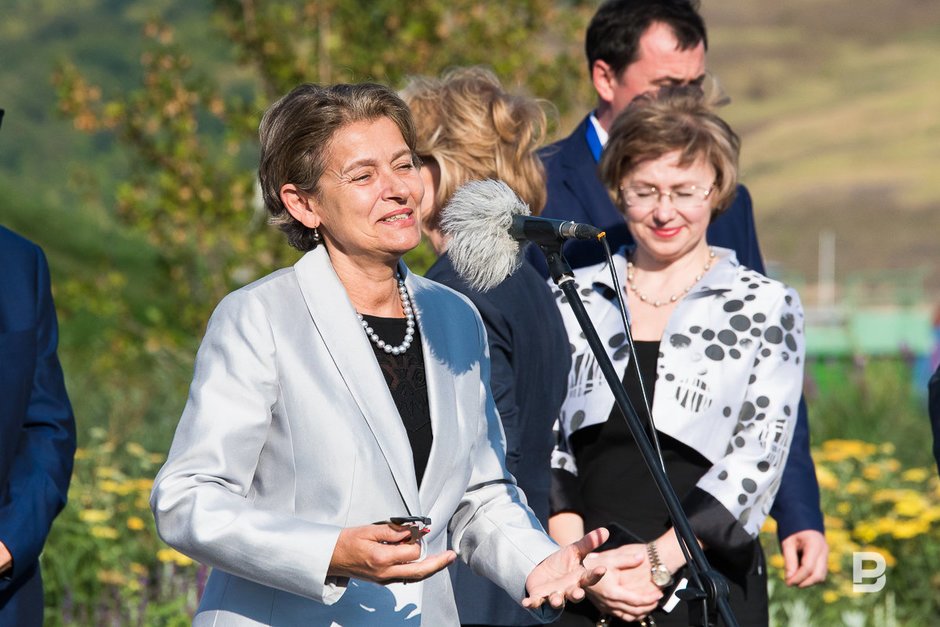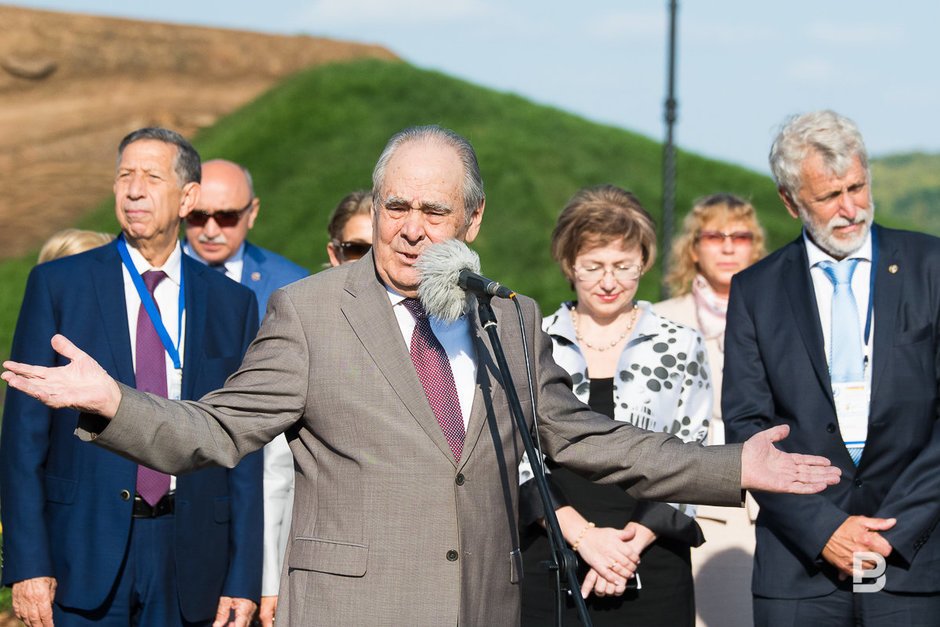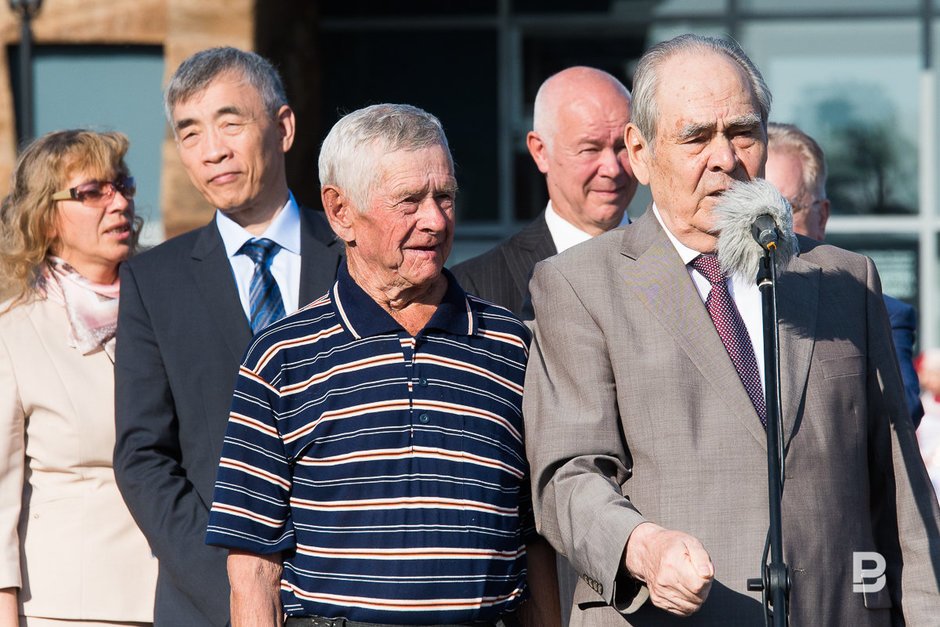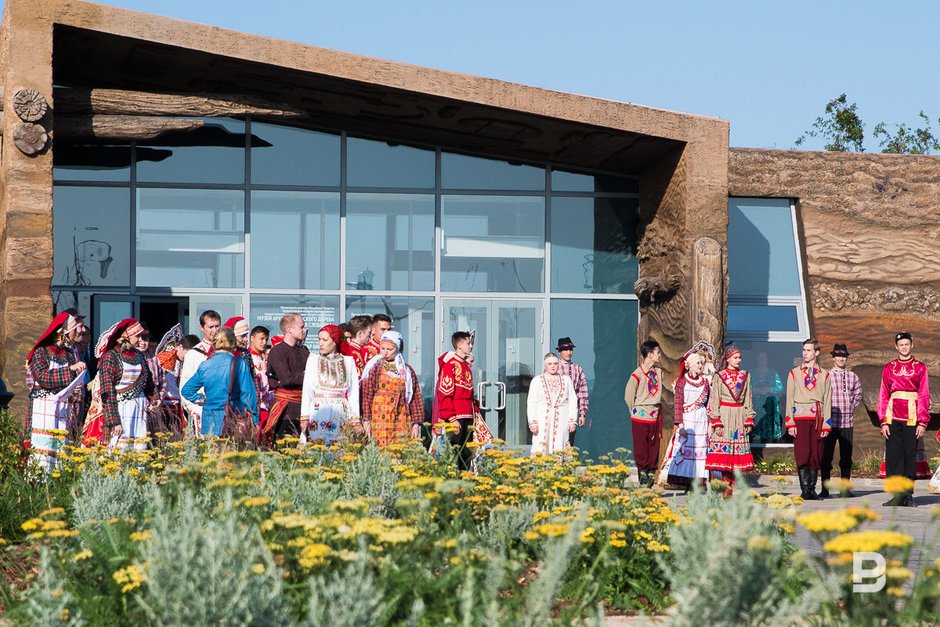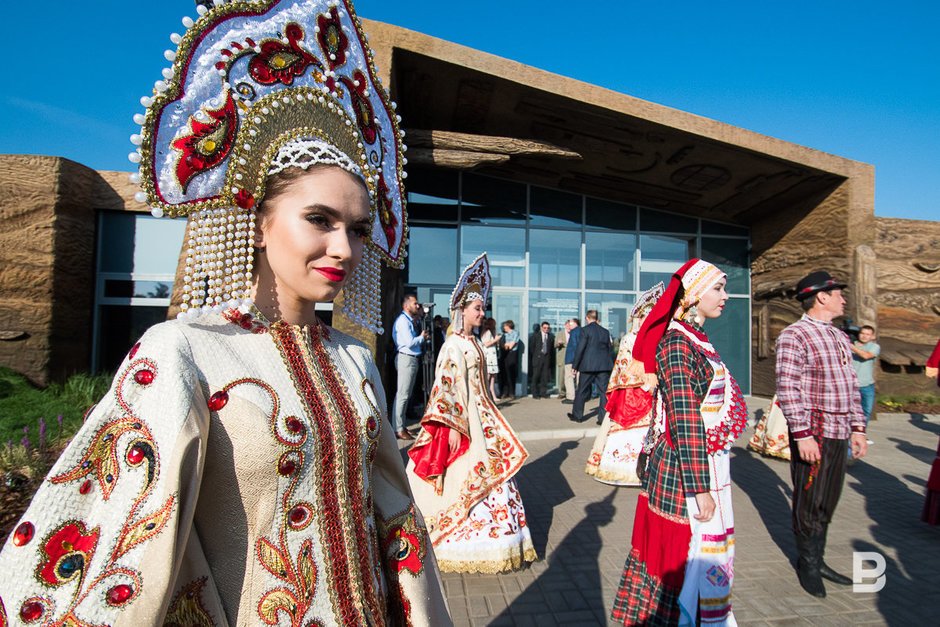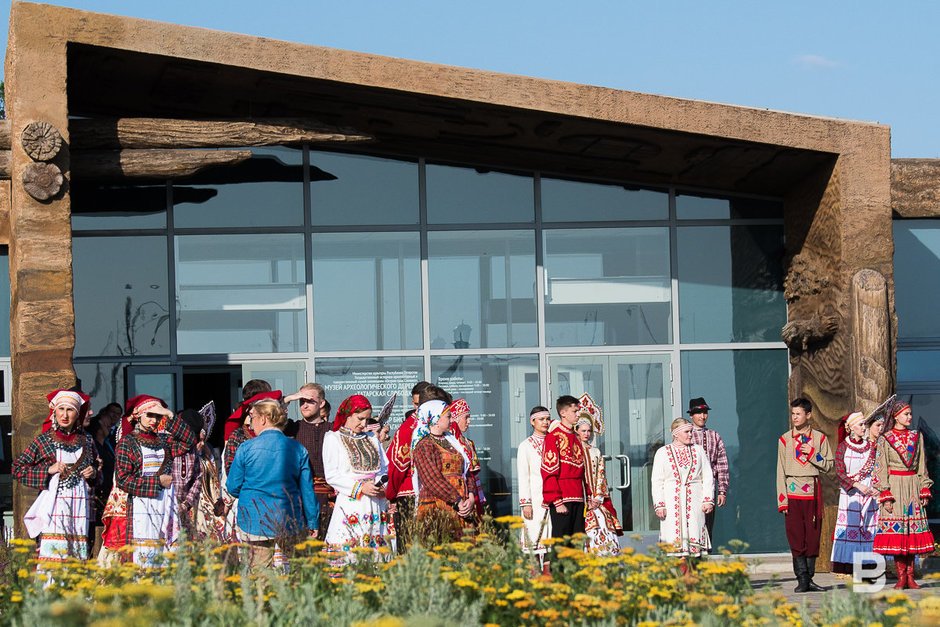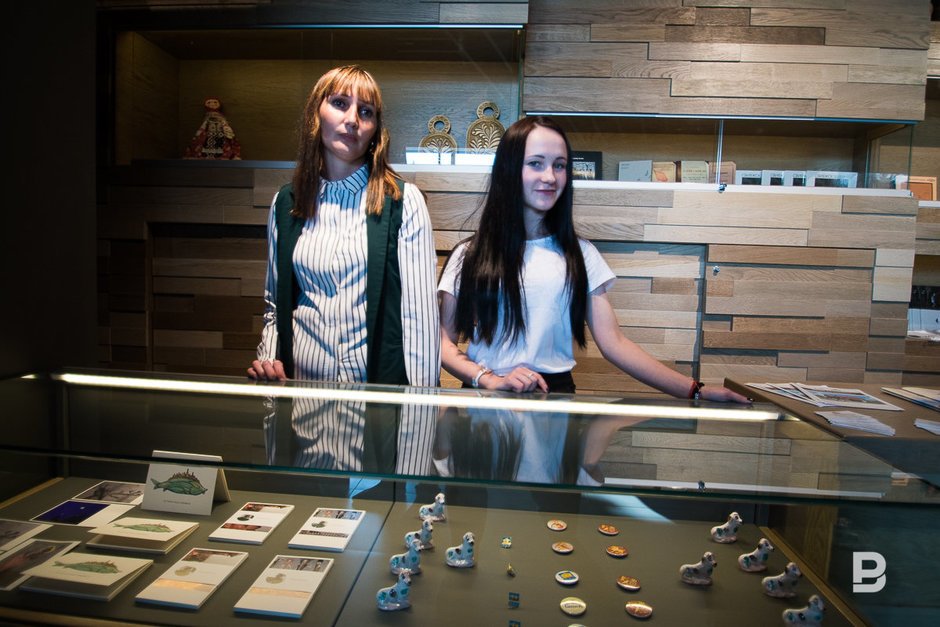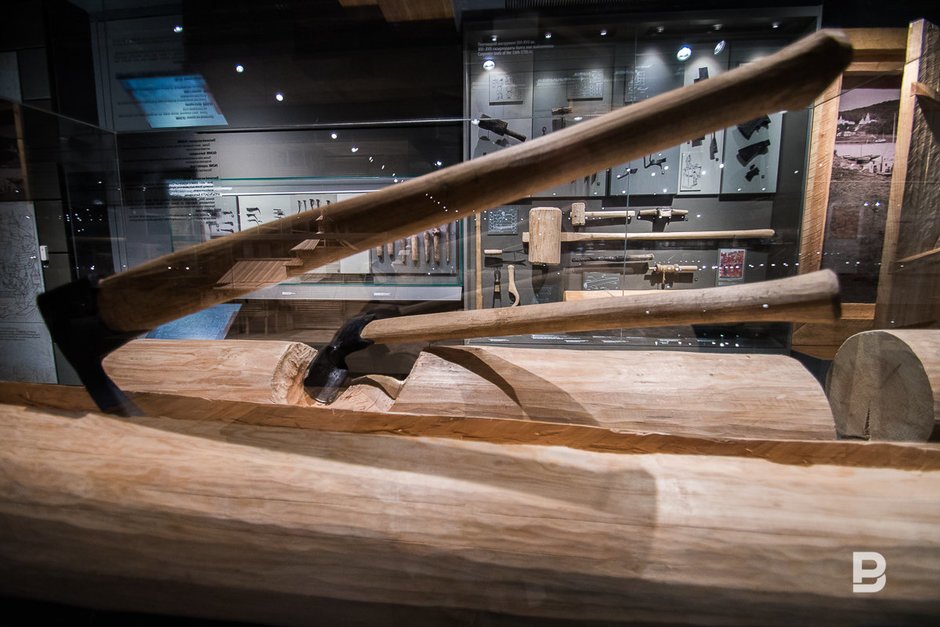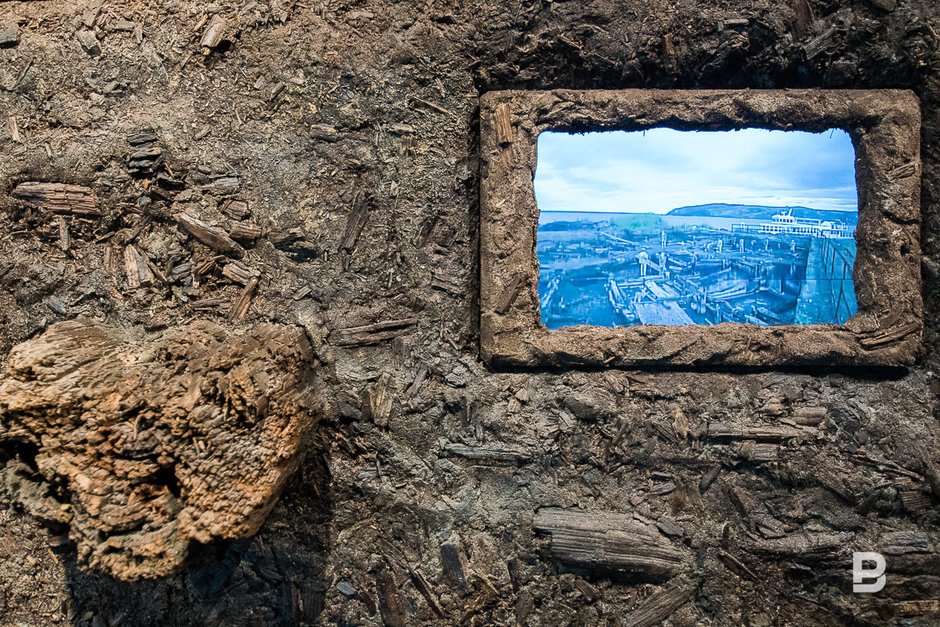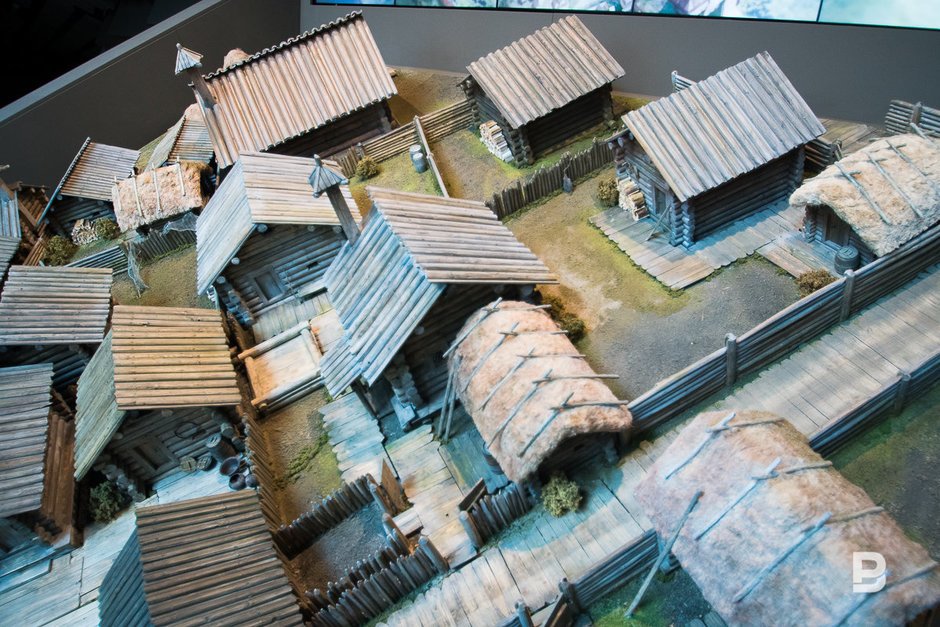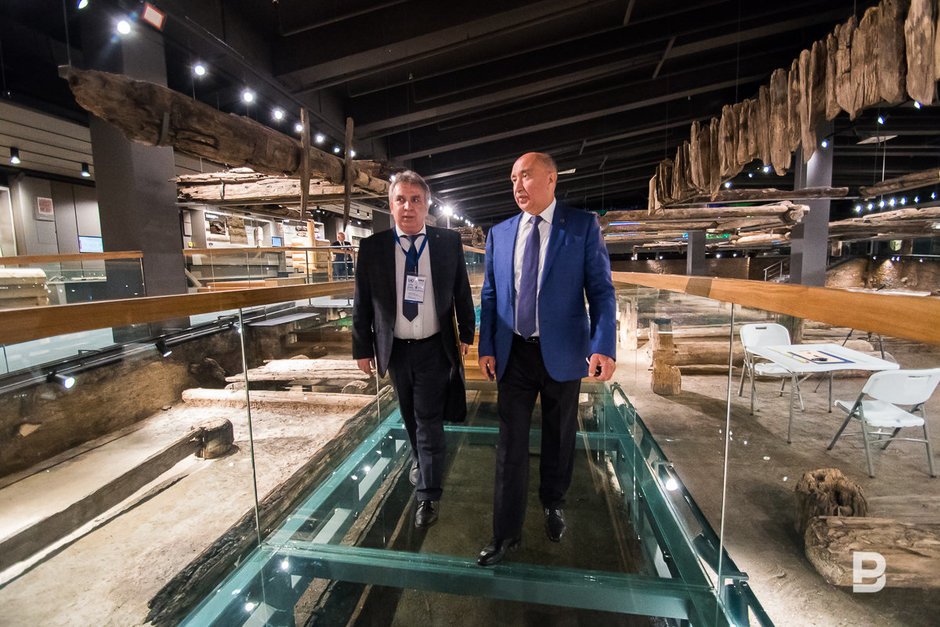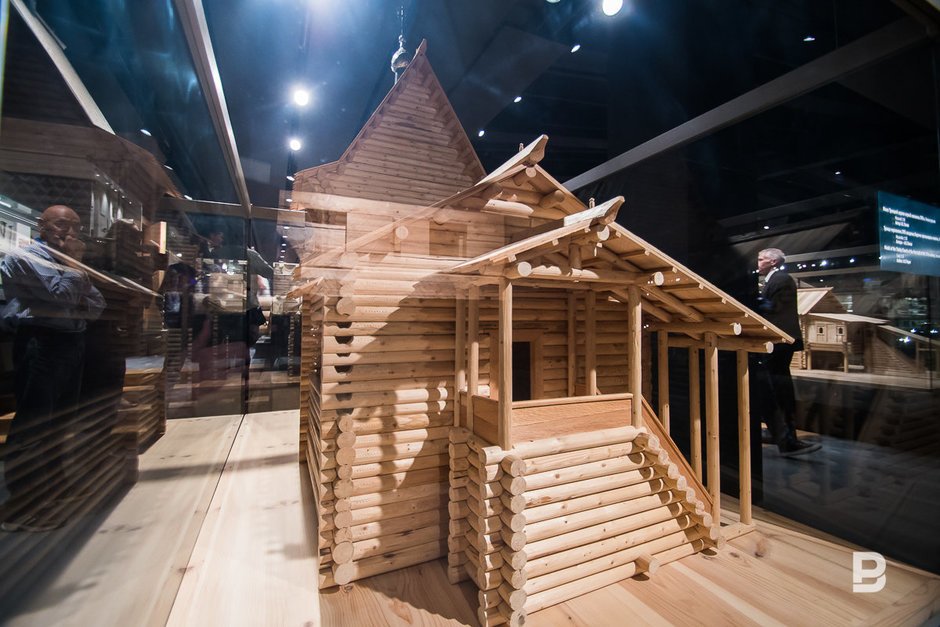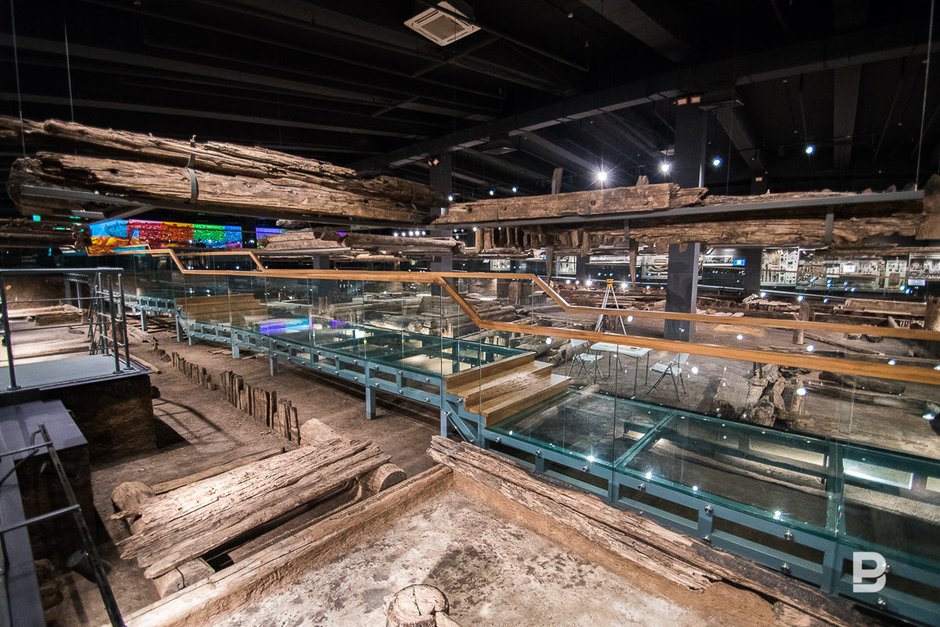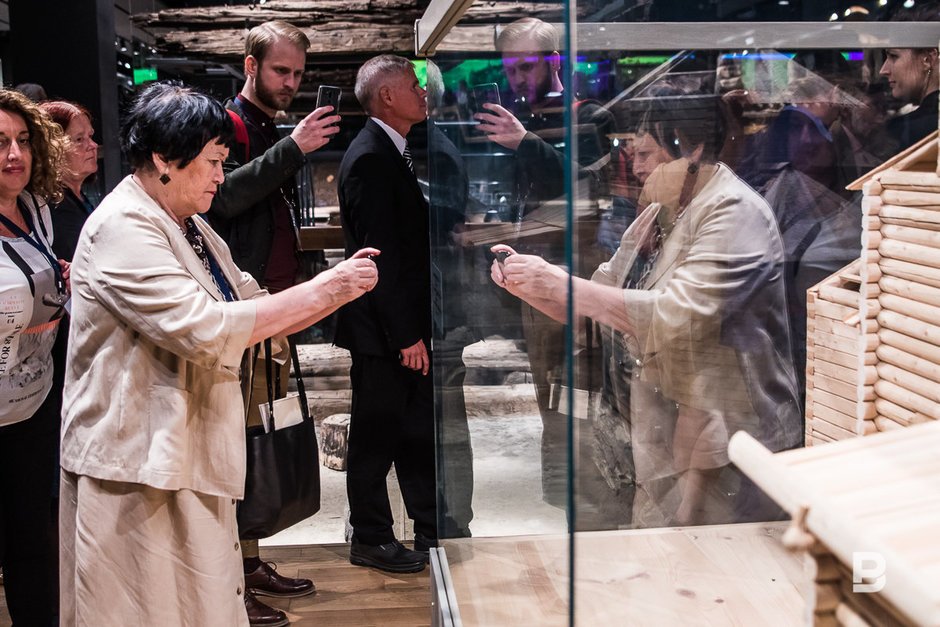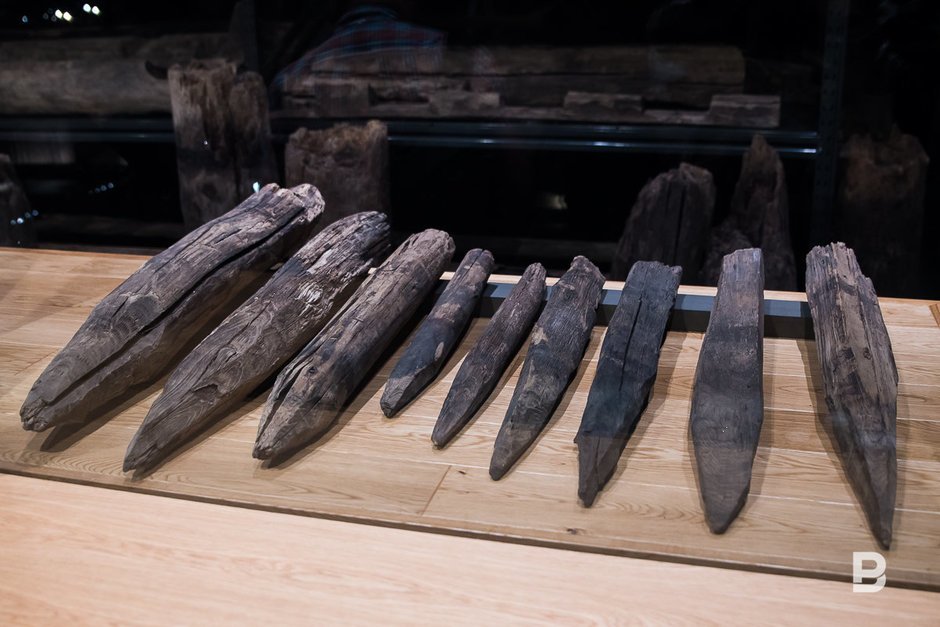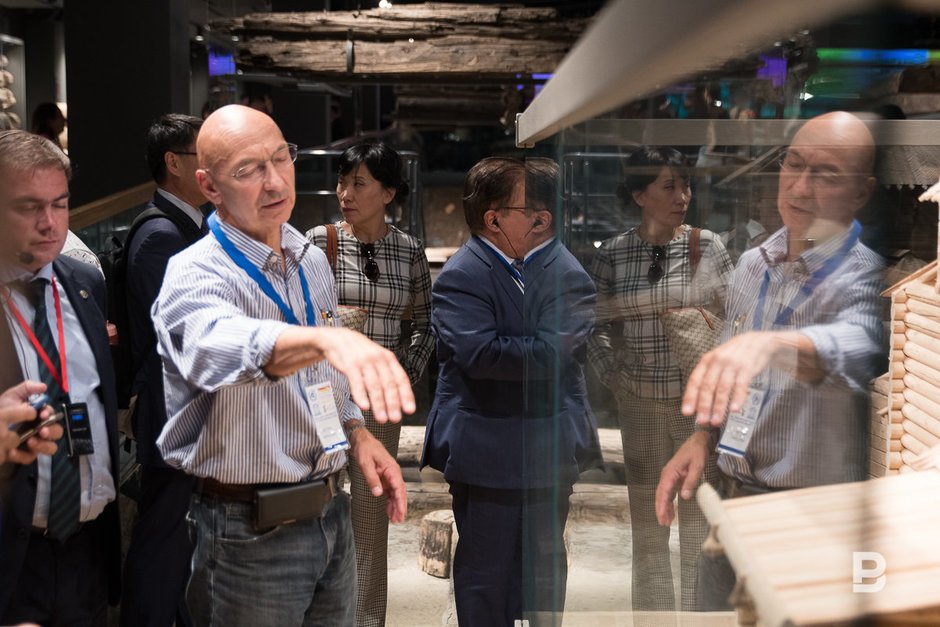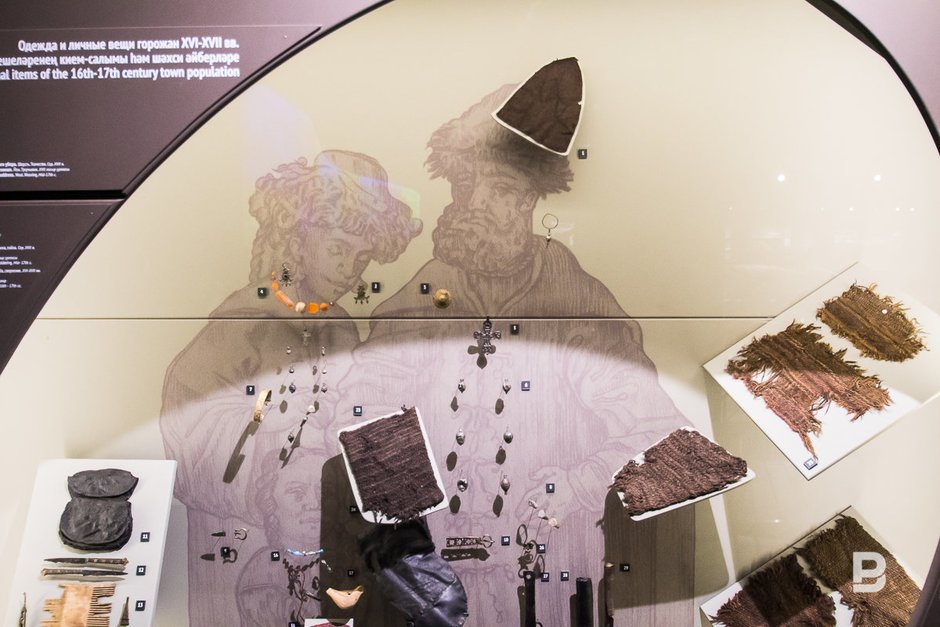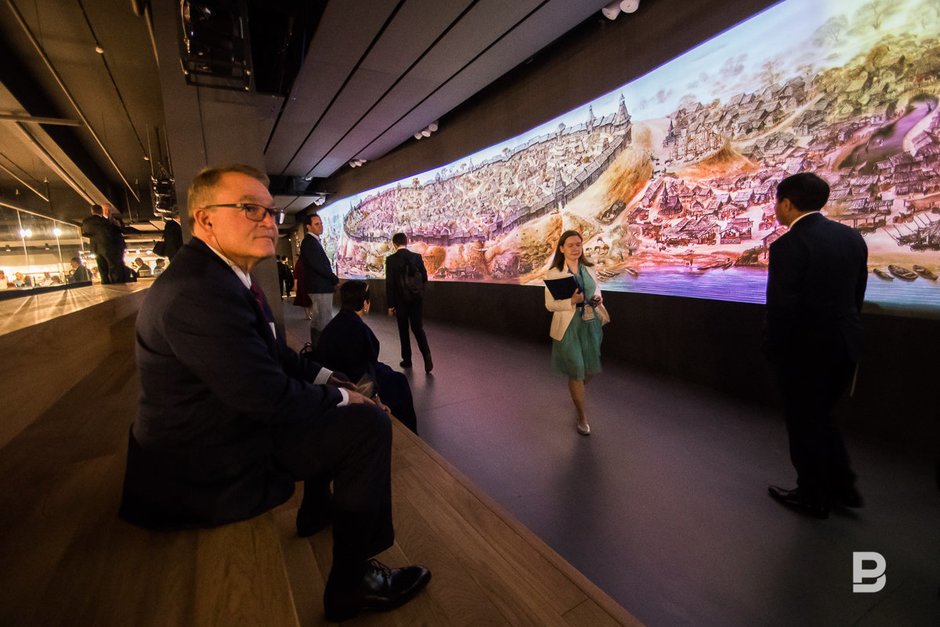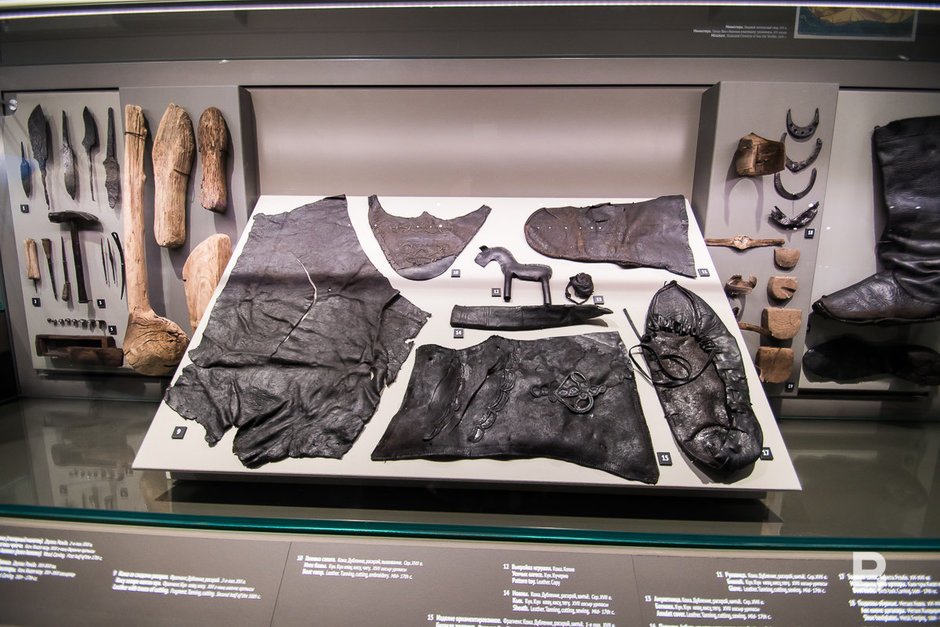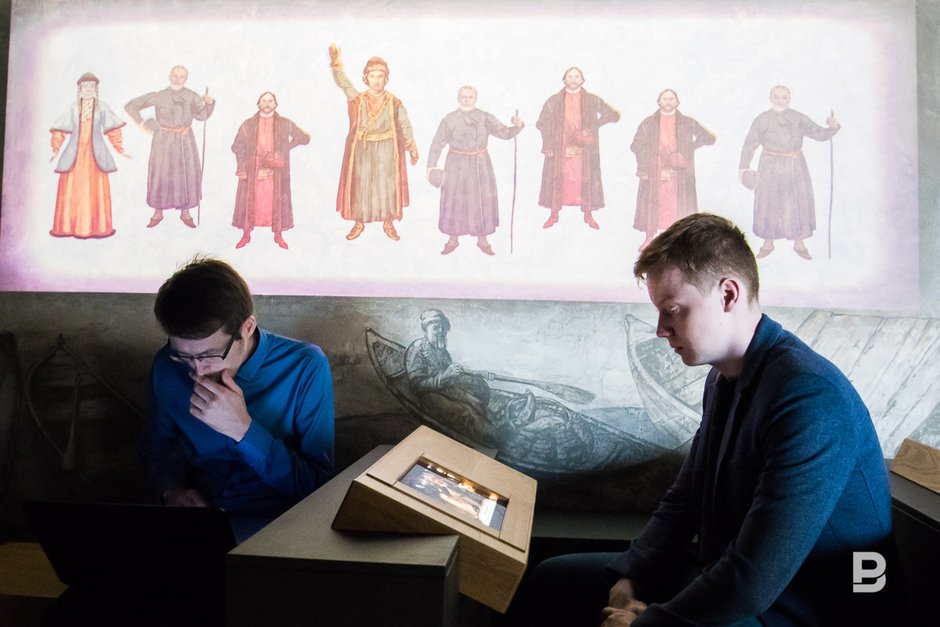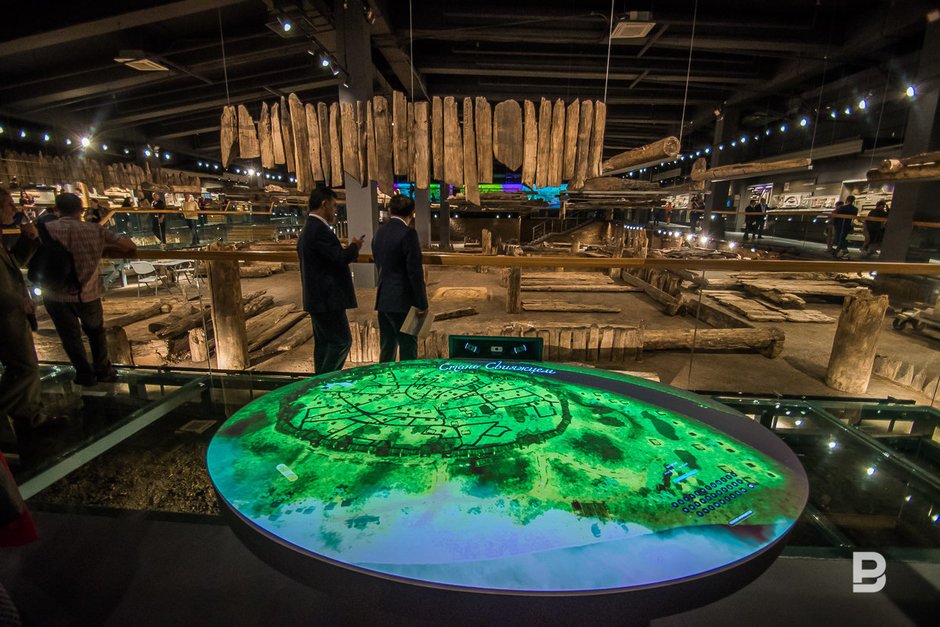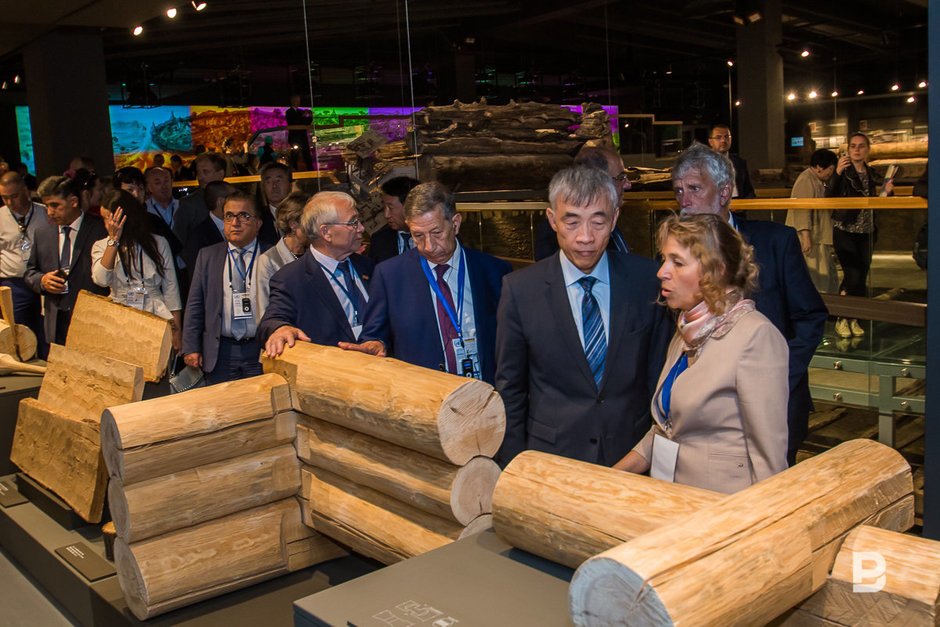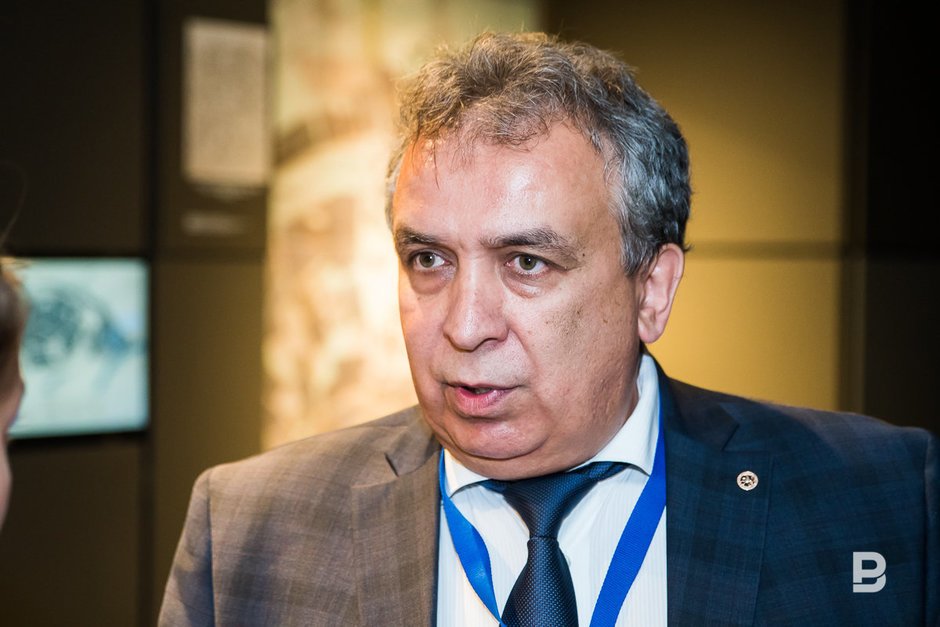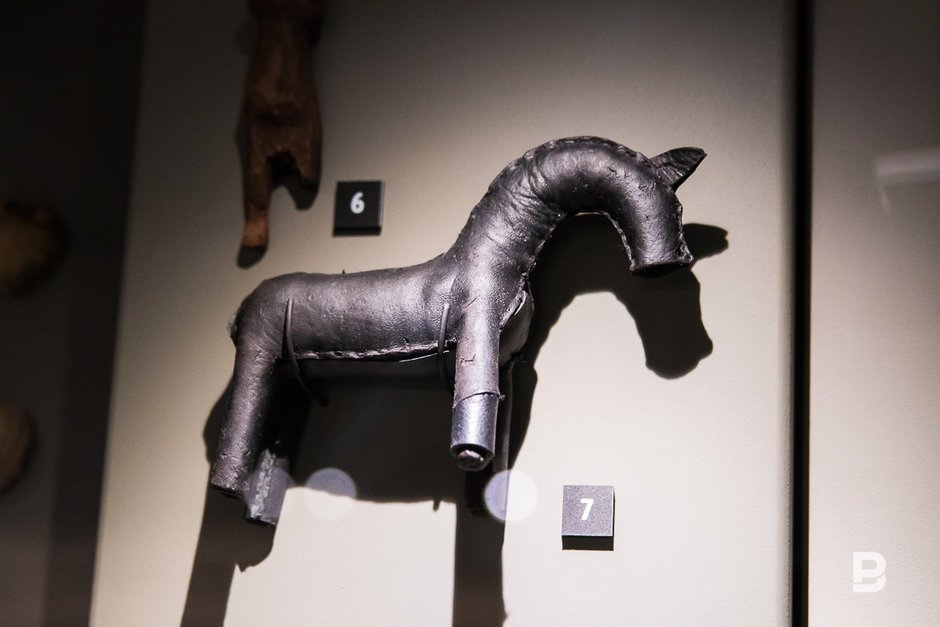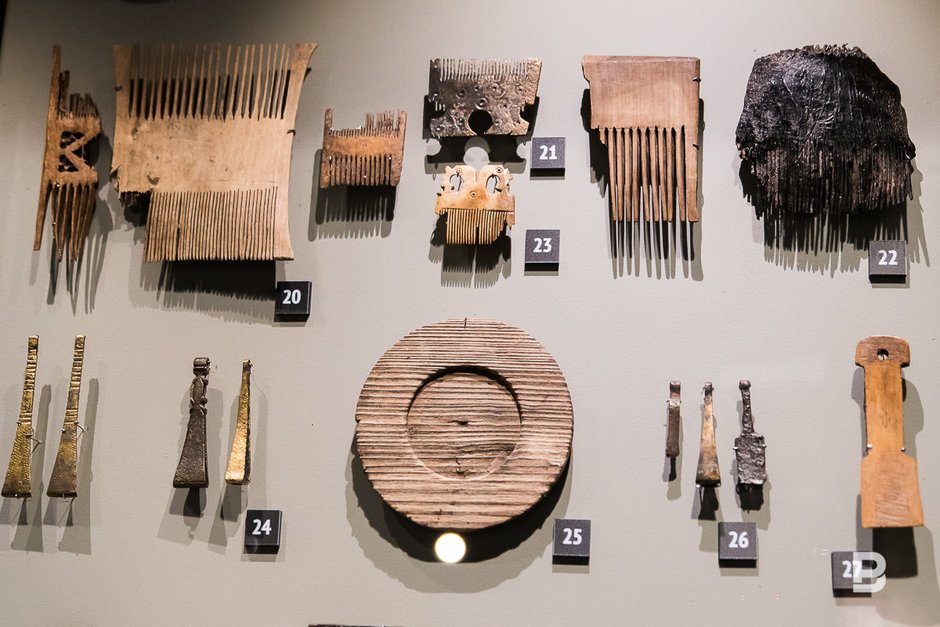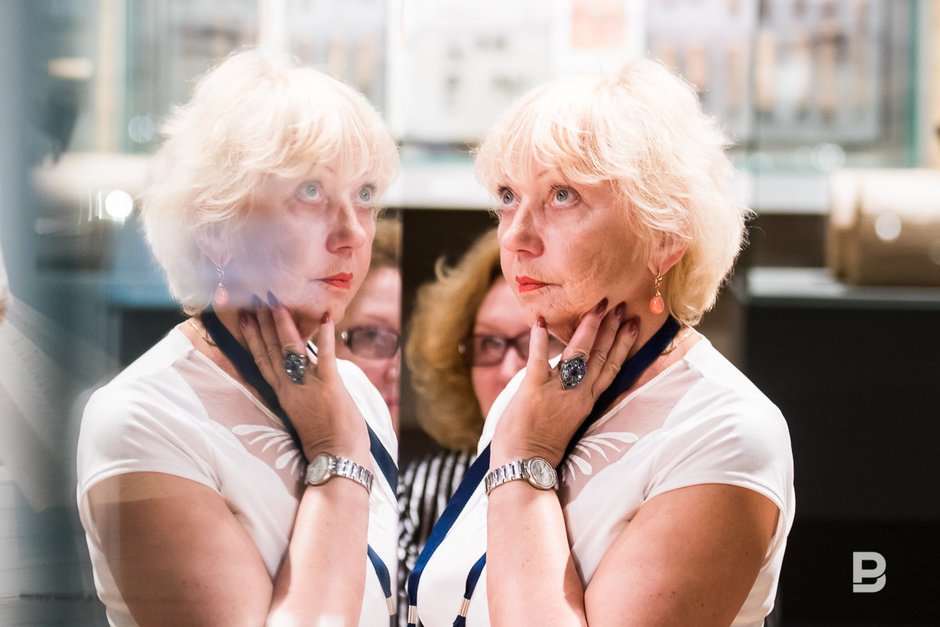Mintimer Shaimiev at archaeological wood museum opening: ''I don't know what about you, but I like it''
The history of Sviyazhsk in wood: from the Kazan Khanate and city buildings of the 18th century
The island-town of Sviyazhsk has been added with another museum — this time dedicated to the archaeological wood. The official opening took place on 5 September, and today its doors are open for everyone. Mintimer Shaimiev, State Adviser of Tatarstan, UNESCO special envoy for intercultural dialogue, has already given his assessment to the new complex on the island, and the correspondent of Realnoe Vremya walked through the unique for Russia museum and learned that it is the patented Tatarstan technologies will protect the fragile traces of the life of medieval Sviyazhsk inhabitants. Read the details in our material.
''I myself have never seen something like that before''
The first guests of the museum of the archaeological wood were the participants of the Kazan intercultural dialogue forum. Naturally, the first word at the opening was given to State Adviser of Tatarstan, UNESCO special envoy for intercultural dialogue Mintimer Shaimiev.
Shaimiev remembered what Sviyazhsk was like before. ''You should have seen it,'' the first president of Tatarstan lamented with pain in his voice. According to him, they had to put a support on the island to ''transfer'' energy from other bank — there was no electricity on the island. However, neither roads to Sviyazhsk. The Tatarstan State Adviser also said a little about the blackest days of the island, when it received the repressed.
''And the natives didn't see any good in life on this island. When we came here, we felt uncomfortable. This should not be in our republic,'' one of the native inhabitants, Pyotr Cheplakov, or simply uncle Petya, approached Mintimer Shaimiev with these words.
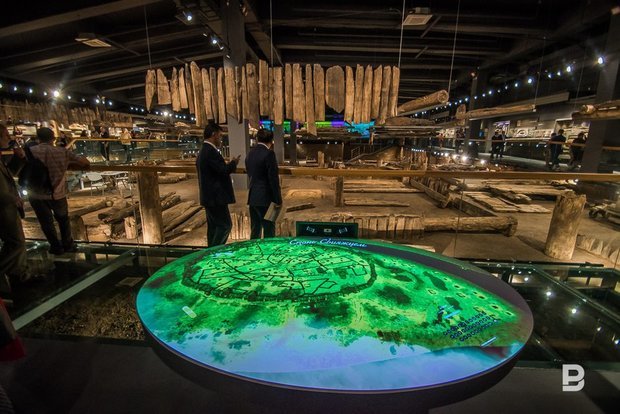
Mintimer Shaimiev: ''Something like that I myself have never seen before — the museum of archaeological wood. This was done by our experts, our scientists. They are here today, and I am very grateful to them''
Then the special envoy of UNESCO spoke already having embraced the grateful uncle Petya. According to him, what is happening in Sviyazhsk is being done for the sake of people like him.
Moving directly to the museums on the island, Shaimiev announced the upcoming opening, immediately giving his own assessment of the new complex.
''This is my perception, something like that I myself have never seen before — the museum of archaeological wood. This was done by our experts, our scientists. They are here today, and I am very grateful to them. I don't know about you, but I like it,'' Mintimer Shaimiev admitted.
A very representative delegation, among which there were the Deputy Minister of Culture of Russia Olga Yarilova, Vice President of the RAS Nikolay Makarov and first Deputy Director General of UNESCO Xing Qu, were listening to him during all this time. Among the guests of honour there was former Director General of UNESCO Irina Bokova, who has repeatedly visited Sviyazhsk with the first president of Tatarstan and even personally presented a certificate of inclusion of the object in the UNESCO cultural heritage list.
As Nikolay Makarov noted, the opening of the museum is a very unexpected step.
''It is the preservation of heritage and, at the same time, a completely new project, very important for the museum business, for Russian science, for understanding the history of our country,'' said the vice president of the RAS.
According to him, Russian scientists have made many attempts to preserve the found wooden buildings, but they, for the most part, were unsuccessful. What they made in Sviyazhsk, he called an example to follow for other regions.
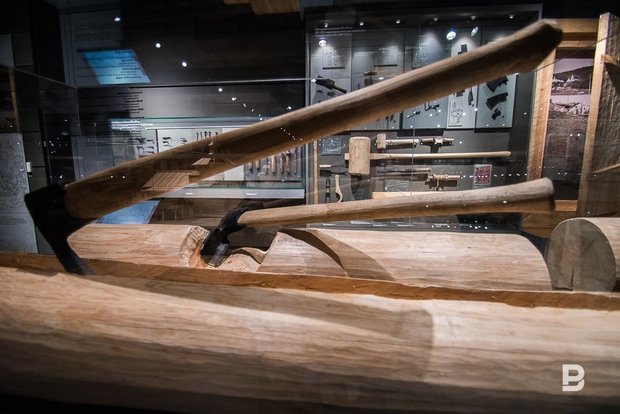
With multimedia and interactivity
Commenting on the upcoming creation of the museum of archaeological wood to Realnoe Vremya, Director of the Institute of Archaeology of the Academy of Sciences of Tatarstan Airat Sitdikov compared it by importance with the Vasa Museum in Stockholm. Already at the opening of the Sviyazhsk Museum, senior adviser of the Swedish Museum Magnus Olafsson called the Sviyazhsk complex a unique object, where experts have done a great job.
The first such museum in Russia is located on the site of archaeological excavations. Scientists have found out that before the emergence of the city in 1551 there was a settlement of the Kazan Khanate. In the course of research, they found two streets and the remains of 10 households. In total, archaeologists have discovered as a result of the excavations more than 140,000 items that can now be found in the museum. Among them, there are tools for building houses, as well as elements of everyday life and even children's toys.
The museum on the area of 900 square metres consists of two parts. The first is an exhibition of three sections: the medieval wooden architecture, the restoration and the conservation of archaeological artifacts and life of the population of Sviyazhsk in the middle ages. The exposition was placed along the walls of the museum, and what is known as the ''archaeological excavation'' was placed in its centre. It is a recreation of the real location of the wooden city buildings of the 16-18th centuries, and the details can be seen closer, walking along the glass corridor, laid directly inside the excavation.
All the exhibits did not fit into the hall, so 2,400 pieces of wooden buildings went to the foundation with open storage — it is located behind a glass wall right there, in the museum.
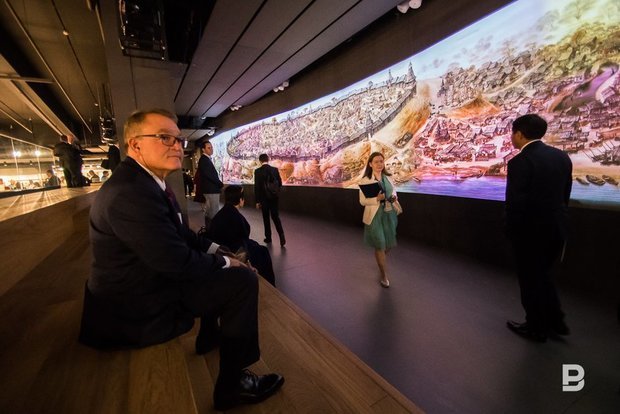
The animation accompanying of the exhibition was supervised by the creative association Samrukh. With their help, the 21-metre animated panel 'Sviyazhsk of the 17th century' appeared on the wall, where you can see how the medieval inhabitants of the island swim in the river and do household chores. In total, 450 characters involved in 120 household scenes are presented on the panel in the technique of cross-frame and frame animation.
The guys from Samrukh also invented the interactive zone called 'Become a Sviyazhsk inhabitant'. After choosing the sex, place where you would like to live, and the layer of teh society, you need to take a picture. All data is entered into the system, at the exit of the museum the camera scan your face and, finding a match, you are displayed in a look of medieval Sviyazhsk inhabitant on the projector. The idea is that visitors will leave a small digital twin to live in the museum.
Patented Tatarstan technologies
In the process of creation of the museum, the scientists raised the question of the development of a technology for the conservation of wooden artifacts. Director of the Institute of International Relations, History and Oriental Studies of Kazan Federal University Ramil Khairutdinov said that the staff of the Kazan Federal University, Tatarstan Academy of Sciences and invited experts used the experience of other museums and research institutions to choose their own technology.
''All the nuances are that we do not save a large part of the wood, we take the object fully. We have very large cameras — one of the largest in Europe for processing. We try to use the most modern methods, we refuse in many respects polymers and other substances. There are particular technologies that are patented, so I will not give you all the details and I do not want to, but I will tell one thing — we have reached very serious advanced positions now in this direction,'' said the interlocutor of Realnoe Vremya.

According to him, in the future they hope to secure this direction.
Special sensors that measure the conditions of each of the artifacts control the temperature in the museum. Depending on the time of year, the parameters necessary for the preservation of exhibits will change.
Ramil Khairutdinov did not say how much the maintenance of these objects will cost.
''Everything has its price, but I'm interested in other things. If we have the right and are the first, if this museum is unique, and we can attract tourists here, we will pay for any costs,'' the director of the Institute of International Relations believes.
